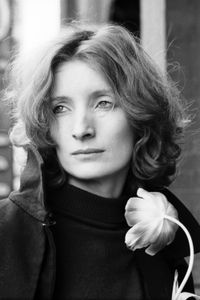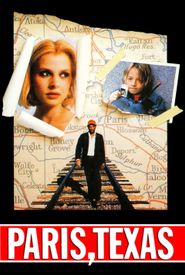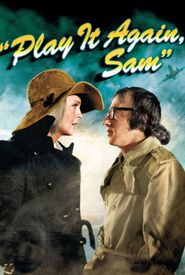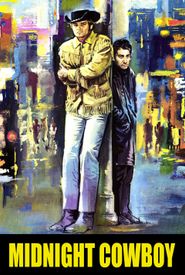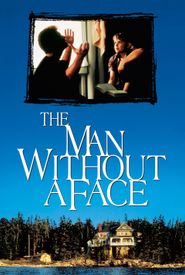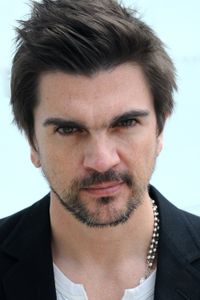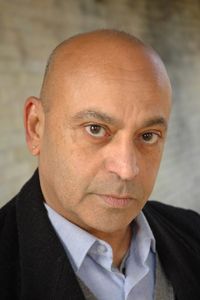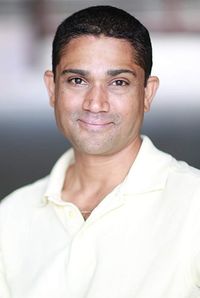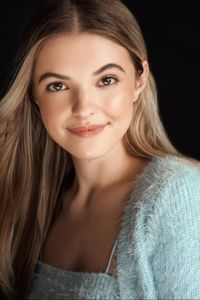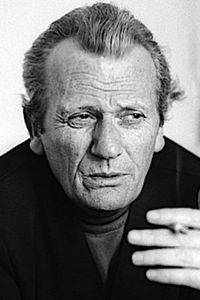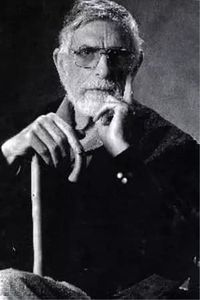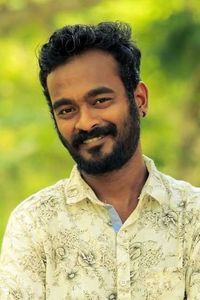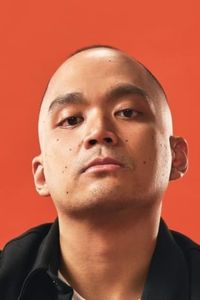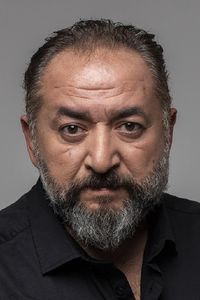Here is the biography of Viva:
Viva was born Janet Susan Mary Hoffmann in Syracuse, New York, to MaryAlice (McNicholas) and Wilfred Ernest Hoffmann, a well-to-do lawyer. She is the first child of a devout Catholic family, and is of German, Irish, English, and one eighth Italian, ancestry. Her parents had eight more children.
Janet Hoffman was educated in parochial schools and attended a Catholic college, Marymount, in Tarrytown, New York. She spent her junior year in college abroad, studying art at the Sorbonne in Paris, boarding at a convent.
She became the first non-anonymous performer to perform an act of sexual intercourse on screen, in Andy Warhol's Blue Movie (1969),at the end of the turbulent decade that was the 1960s.
Reportedly, she had had a nervous breakdown and was institutionalized by her parents when she stayed in Paris to try to become a painter, supporting herself by modeling. She moved to New York City in the early 1960s, intent on becoming a fashion illustrator.
In 1965, she met Andy Warhol at a party thrown by fashion designer Betsey Johnson. They did not click then, nor did they the second time their paths brought Warhol into contact with his future movie queen.
Warhol's movies were always transgressive, and he had decided to move into pornographic production. He became entranced with Viva, as he believed he could use the striking, well-educated women in his films.
Andy Warhol thought Viva's tedious voice could work to his advantage in dealing with the censors. Warhol was concerned about the "without redeeming social value" phrase in the legal definition of obscenity under the Warren Court in the 1960s.
Confronted with Hoffman, Warhol the avant-garde filmmaker had a brainstorm that would make her famous for slightly more than 15 minutes: the Machiavellian Warhol became convinced that he might be able to outfox the censors if he used a woman who "could look beautiful, take off her clothes, step into a bathtub, and talk as intellectually as Viva did".
Viva made her debut in The Nude Restaurant (1967),though another movie she had made for Warhol, Bike Boy (1967),was screened first. Playing a waitress in a restaurant patronized by only men (including a bemused Taylor Mead and real-life Army deserter Julian Burroughs),Viva wore only a G-string throughout the entire movie, as did all the male patrons.
But it was Blue Movie (1969) that made Viva infamous for 15 minutes - at least. It was shot in October 1968 at David Bourdon's apartment in Greenwich Village. Although Viva and Louis Waldon actually do have sexual intercourse in the film, they spend more time involved in social intercourse to give Warhol that fig leaf of "socially redeeming value".
Viva was cast in a speaking part in John Schlesinger's Midnight Cowboy (1969),as "Gretel McAlbertson", the woman throwing the party with her "brother" who invites "Joe Buck" to her soirée.
In November 1968, Viva wanted to go to Europe, and Warhol provided her with a round-trip plane ticket to Paris. In January of the following year, she sent Warhol a nasty letter from Paris that threatened that she would turn on him unless he sent her money. Her disappointed mentor decided to ignore her.
Viva had met and married Michel Auder, a French filmmaker whom she brought back with her to the States. While in New York, she telephoned Warhol to tell him she had signed a contract with the prestigious publishing house G.P. Putnam to write an autobiographical novel. She informed Warhol that she was taping their conversation for use in her book, which she intended to call "Superstar", an expose of the New York demimonde.
Thus, Viva and Warhol parted ways, and she signed up to star in Agnès Varda's Lions Love (... and Lies) (1969),which was shot in Los Angeles. She went off to California with her new hubby in tow. She eventually made 13 movies in addition to the Varda picture, including such films as the Kris Kristofferson vehicle Cisco Pike (1971),the non-Woody Allen-directed Woody Allen movie Play It Again, Sam (1972),Dino De Laurentiis's megalithic Flash Gordon (1980),and Wim Wenders' Paris, Texas (1984),but they were just bit parts. She never made another film with Warhol after the break-up, and never achieved anything close to the notoriety she did as one of his superstars.
In addition to her 1970 memoir "Superstar", she wrote a book about giving birth, "The Baby", which was published in
